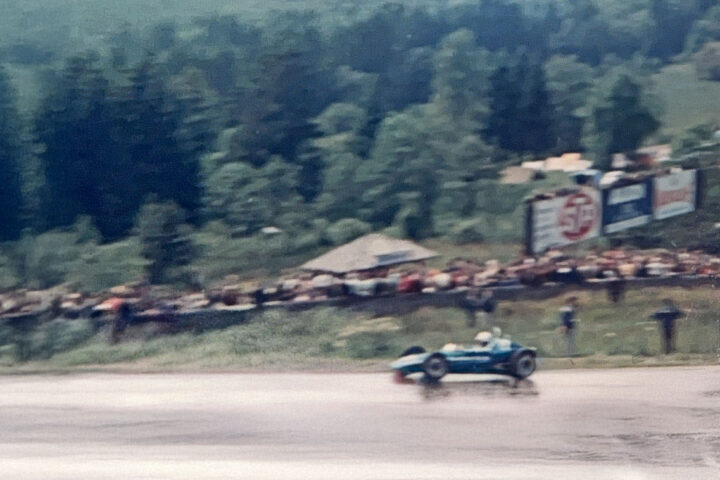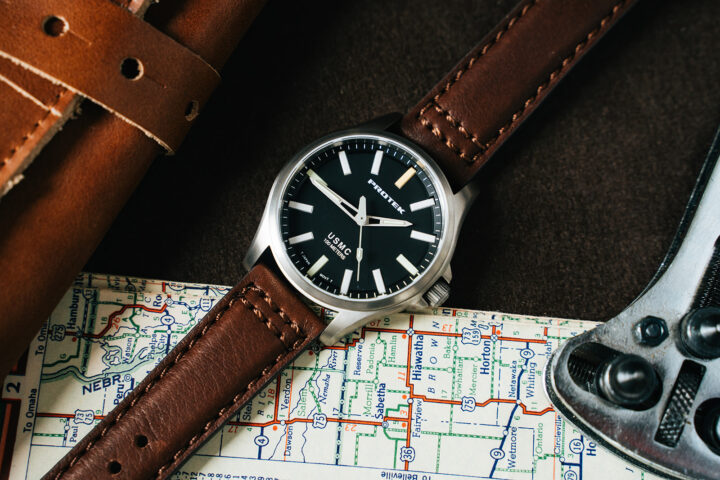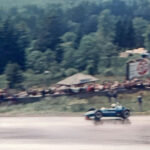by Michael Satterfield
World War I was the first mechanized war, tanks, machine guns, and airplanes were rapidly developed by all sides in an attempt to “end all wars.” In 1889 Matthew S. Browning designed the first successful gas-operated machine gun, known as the M1895, it first saw combat in the Spanish-American War, and two privately purchased M1895s were used by Teddy Roosevelt’s Rough Riders.
The gun would go on to see action in the Philippine-American War, the Boxer Rebellion, and the Mexican Revolution. With each action, the M1895 was improved, and by the Second Boer War, Canadian troops reported that the gun was reliable and played a pivotal role in the success of their campaign against the Afrikaans rebelling against the crown.
The new and improved M1895/14 was released in 1914 after the outbreak of WWI, in 1917 gun manufacturer Marlin was given a contract to produce the M1895/17 which became known as the “Marlin Gun” it was redesigned by Carl Gustave Swebillus to be used on tanks and aircraft, their improved design, impeccable reliability, and lighter weight made them the gun of choice for allied aircraft and soon 50% of the fighter aircraft used by the United States Army Air Service in France had their Vickers machine guns replaced with the Marlin.

The Marlin Gun was first installed on the U.S. Army Air Service Airco DH.4 and Curtiss JN-4G planes used by the US Expeditionary forces in France. By August 1918 they would start to replace the Vickers machine guns on the French SPADs and later the Salmson biplane. Pilots loved the Marlin regardless of what it plane it was installed on and commander and ground crews love that the Marlin and Vickers guns could be swapped out without major modifications. The modular nature of the M1895/17 had contemporary U.S. Army reports declare that it “seems worthy to be followed by the designers of aircraft-armament layouts for some time to come.”

By the end of World War I in November 1918, not only had the machine gun technology changed but the slow lumbering planes that had started the war had become fast, well-armed, machines that reshaped how wars were fought. The Marlin Gun would see limited use in air combat after 1920 as airplane technology quickly advanced making the biplane obsolete. The U.S. military abandoned the Marlin gun shortly after the M1919 Browning machine guns were released and widely adopted for air, ground, and naval uses. The last documented case of the U.S. Military using the Marlin Gun was in the Battle of Blair Mountain in 1921 where the National Guard was brought in to suppress striking miners in West Virginia.
After WWI the guns found their way to conflicts around the world including the Russian Civil War and Spanish Civil War. The British retained several of the M1917/18 variants for the Home Guard during WWII, however, there is no evidence they were ever used in combat.
Post Views: 503


























